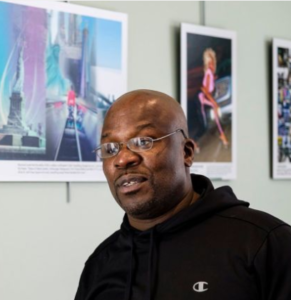Please sign on as an endorser of the Rights Behind Bars Act, S7772/A8364, here: bit.ly/EndorseRightsBehindBars.
New York prisons, jails, and forensic facilities are and always have been sites of racism, repression, brutality, and abuse. Recent practices by administrators and staff have inflicted even greater harm on people who are incarcerated and their family members, including the following:
- The state prisons have explicitly banned family and care packages, depriving people of their only source of nutritional food and imposing heavy burdens on families. The package ban bans families from sending any food, bans people from bringing any packages to visits, only allows packages to be sent by mail two times a year and those packages can not contain food and must be sent from external vendors.
- Rights Behind Bars would rescind the package ban to ensure that people can send or bring packages, including with food, to their loved ones.
- Prisons, jails, and forensic facilities vastly restrict people’s ability to visit with their loved ones. The state prisons have recently adopted a new policy that allows a person to have their visits taken away for any minor rule violation. In addition, facilities provide so-called “contact visits” where people are in a caged area with only the ability to slide their hand through a slot.
- Rights Behind Bars would ensure that all people are able to have visits with their loved ones, and ensure that those visits are actually contact visits where people can be in the same shared space with their loved ones.
- Prisons and jails are flagrantly and systematically violating the HALT Solitary Confinement Law to continue to torture people.
- Rights Behind Bars addresses these violations, including by making even clearer what the law already requires. For example, DOCCS is locking people on the OMH caseload in direct violation of the plain language of HALT, so Rights Behind Bars makes abundantly clear with examples that people on the caseload can’t be in solitary. Similarly, DOCCS is locking people alone in a rec pen for “congregate out-of-cell time”, so Rights Behind Bars makes clear what is already true that out-of-cell time must take place in a group setting in a shared space.
- Prison staff also continue to brutalize incarcerated people with impunity. A recent New York Times investigation started with “Shattered teeth. Punctured lungs. Broken bones” and went on to document myriad cases of rampant staff brutality against people incarcerated, along with falsified records and cover-ups.
- Rights Behind Bars creates heightened standards to prevent brutality, retaliation, falsified records, and cover-ups.


Follow the #HALTsolitary Campaign